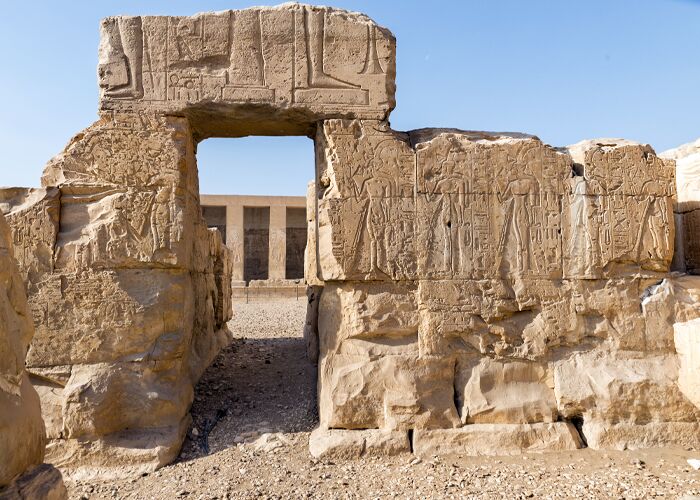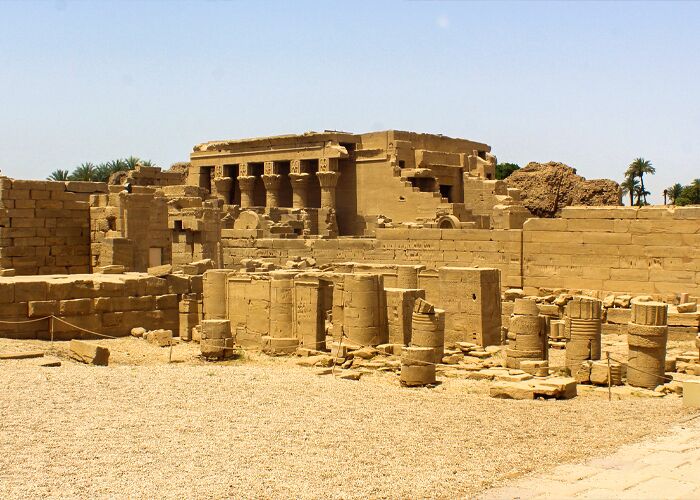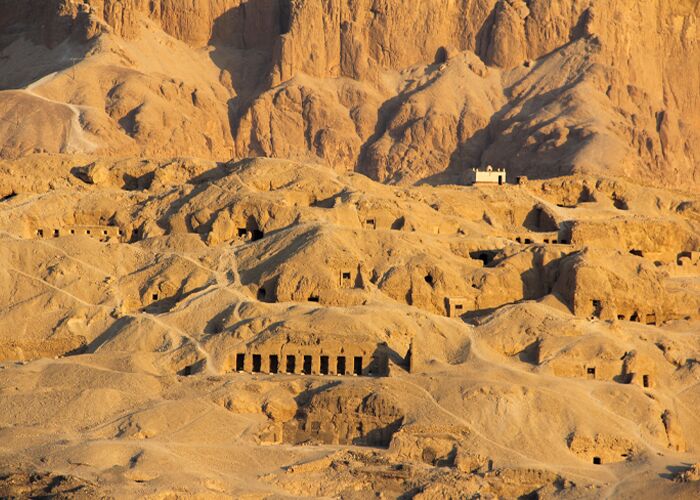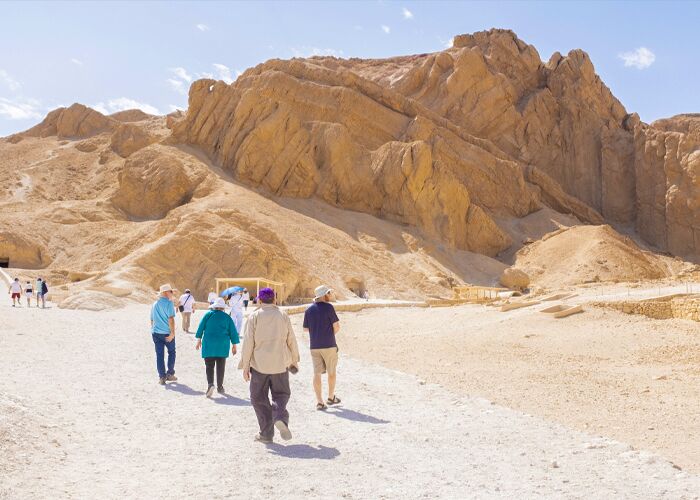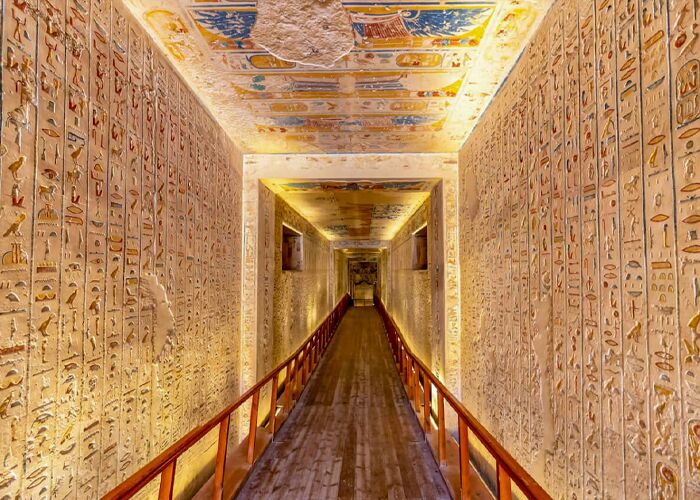Temple of Abydos
Luxor is one of the most important cities in Upper Egypt because it has so many things to see and do. Most of the monuments are in Luxor, which was the capital for a long time. Because of this, the cities of Upper Egypt were given a lot of importance.
The importance of religion and its beliefs is shown by the pharaonic temples. Not only are there temples in Luxor, but there are also temples in other cities in Upper Egypt. The Temple of Abydos is one of the temples that stands out. This Temple is in Sohag, which is 135 km north of Luxor and 420 km south of Cairo.
How the Temple of Abydos came to be
During the time of Naqada I, people thought that the head of the god Osiris was buried in Abidos, so it was a place of worship and pilgrimage. From the Middle Empire, some buildings were found that were made in honour of the god Osiris.
Seti I was king of the XIX dynasty in the New Empire. He opened mines, fixed up temples that had been damaged, and finished building the Karnak Temple’s hypostyle room. Seti I wanted to build his temple right next to the “Stairway of the Great God.”
King Seti I built the Temple of Abydos in 1279. (father of Ramses II). His son Ramses II finished building the Temple of Abydos by adding two courtyards and a 62 m pylon.
How the Temple of Abydos was Built
The Temple looks like the letter “L.” White limestone was used to build the Temple. There are a number of courtyards, rooms, and a terrace. There are also seven chapels that are dedicated to Amon, Osiris, Isis, Horus, Ptah, and Ra, as well as King Seti I.
A short ramp that leads to 12 pillars is the way to get to the Temple. Three doors lead to three of the seven chapels. The main door leads to Amon’s chapel, and the other two lead to Osiris and Horus. Scenes like the building of the Temple, the birth of the King, and Ramses II being cleaned by Tut are painted on the walls of the rooms.
About the Abydos Temple
The “Royal List of Abydos” is a very important part of the Temple. In the Temple, there is a wall of a hall. It is a list of the 76 Pharaonic kings who came before King Seti I. The kings who came before Seti I are not on the list. There is another temple of Osiris near the Temple.
The Osiris Temple
This Temple is in the Kom El-Sultan area of Abidos. The Temple was first built for the god “Jenti-Amentiu,” but during the XII dynasty, it was changed to be for the god “Osiris.” Before the Greco-Roman era, it was thought to be a god of the dead.
There are a lot of stories about the Middle Kingdom and New Kingdom kings. There are also things left over from the 1st Dynasty, like a piece of a vase from the second Pharaoh of the 1st Dynasty, “Aha,” and stone figures of animals and people.
God Osiris is worshipped in the chapel of Osiris. There are two rooms for each of Osiris, Isis, and Horus in two sets of two cha
The Pharaonic Land with Egypt via travel:
Check out our travel packages to Egypt if you want to see the temples of Upper Egypt and take a cruise on the Nile. Then choose your dream trip.

